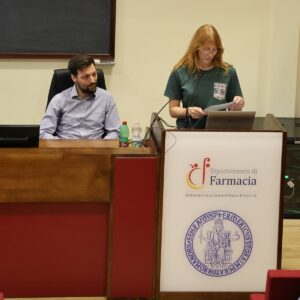Welcome to the second episode of In Vitro Focus, a series of in-depth articles written by our technical staff to tell you all about cruelty-free testing.
Together we’ll discover all the best practices, latest news, and key players in the industry that is striving to make animal testing a thing of the past.
The Draize test
The Draize test was initially introduced by the US FDA to test cosmetic products, but has since been widely used to assess the irritability/corrosiveness of industrial/pharmaceutical chemicals. The test is ethically controversial due to animal welfare concerns, high costs, and time-consuming practices.
Following the “3R principle” developed by Russell and Burch in 1959, alternative in vitro testing strategies have been developed over the past 20 years that seek to reduce, replace, and refine in vivo testing methods.
This research on alternative methods, in all their types, has shown that they are certainly useful, for example to reduce the number of animals used in the laboratory, but almost never decisive when taken individually.
The integrated approach
At present, no single alternative test can be considered sufficiently predictive to completely replace the complex information derived from animal experimental data.
The in vivo model allows the evaluation of a set of parameters that provide a complete overview of what happens in a living being. To obtain the same information with an in vitro model an association of several tests, each evaluating its own parameters of interest, would be needed.
The diffrent types of in vitro models can provide information of increasing usefulness and detail proportionally to the complexity of the model itself; therefore passing from human cell lines to primary cells with 2D cultures, up to aggregated cultures in 3D models to “slices” of tissue or explants, improves the quality of the information obtained.
In the various regulatory contexts (particularly in the REACH regulation), reference is made to “batteries of assays,” in which several tests are combined sequentially to increase the efficacy and predictivity of the evaluation, reduce costs, and ensure sufficient protection for humans and the environment.
The importance of a testing strategy
In vitro tests must then be incorporated using a tiered testing approach in combination with bottom-up or top-down strategies. These approaches are described in the OECD Guideline on Integrated Approaches to Testing and Assessment.
For example, a chemical suspected of not being an irritant would first be tested for skin irritation. Alternatively, a chemical suspected of being corrosive would first be tested for skin corrosion.
A positive skin irritation test result cannot rule out the possibility that the chemical tested is potentially corrosive. Similarly, a negative skin corrosion test result cannot rule out the possibility that the chemical tested is an irritant.
Therefore, in these cases, both skin irritation and skin corrosion tests would be required to provide adequate classification information.
Since direct substitution according to which an in vivo assay can be completely replaced with an in vitro assay, with the same levels of reliability and trustworthiness of the result, is unlikely, it is necessary to consider the development of specific Intelligent Testing Strategies (ITS) capable of combining in vitro and in silico methods to generate useful information.
It is therefore possible, with the use of appropriately selected in vitro testing strategies in a tiered testing approach, to completely replace the Draize test.





